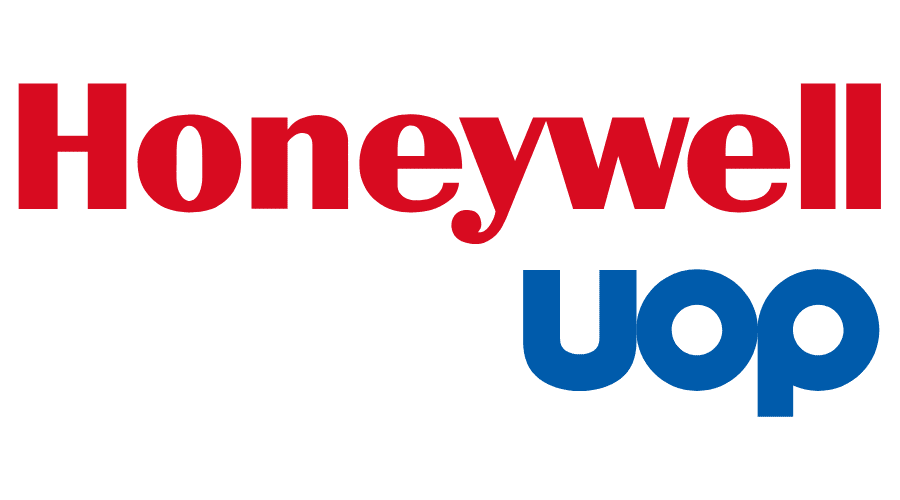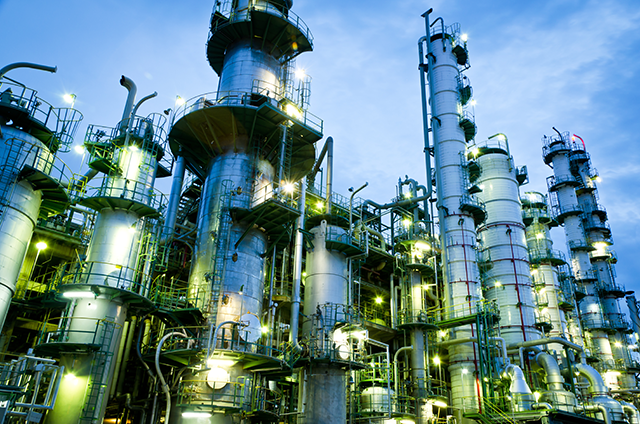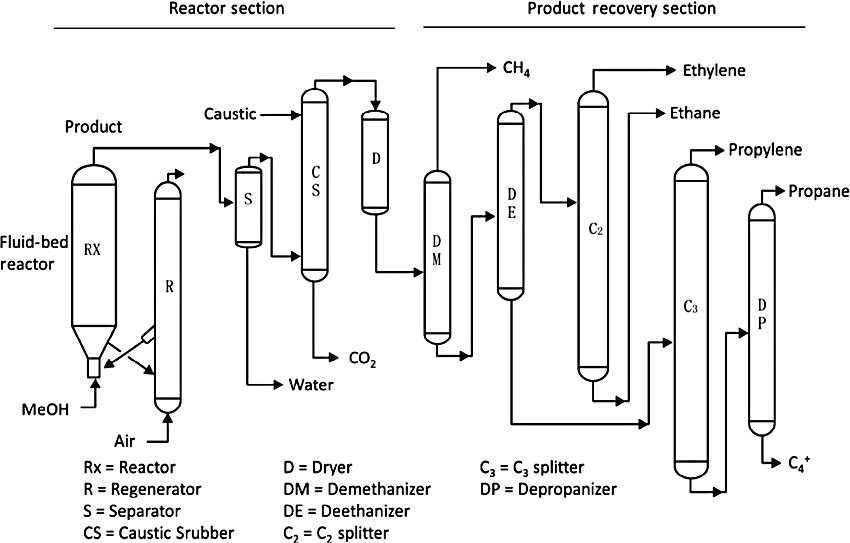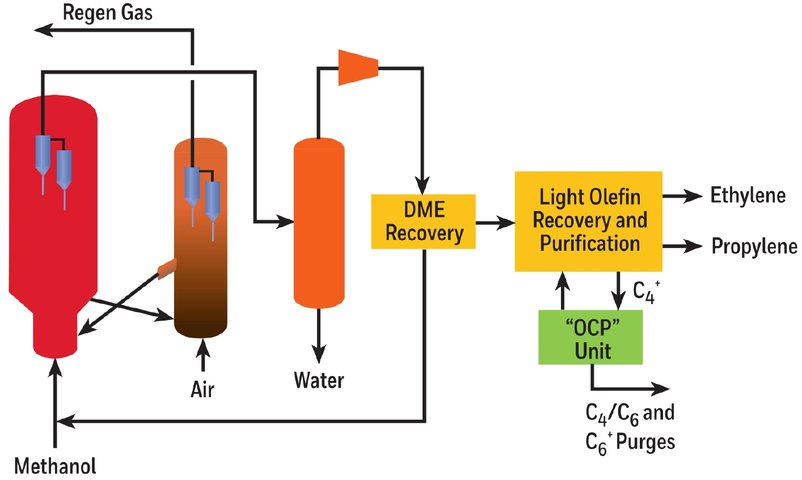Technology

- Name
- UOP Advanced MTO Process
- Owner
-
/ Honeywell UOP - Brand
- Advanced MTO Process
- Process
- Olefin processes
- Type
- Methanol To Olefins
- Available
-

- #TE255
Description
Your insights will be shown here
Content provided by
| Transaction | Name | Date |
|---|---|---|
| Modified by |
|
8/10/2024 1:03 AM |
| Added by |
|
8/9/2024 3:41 PM |












